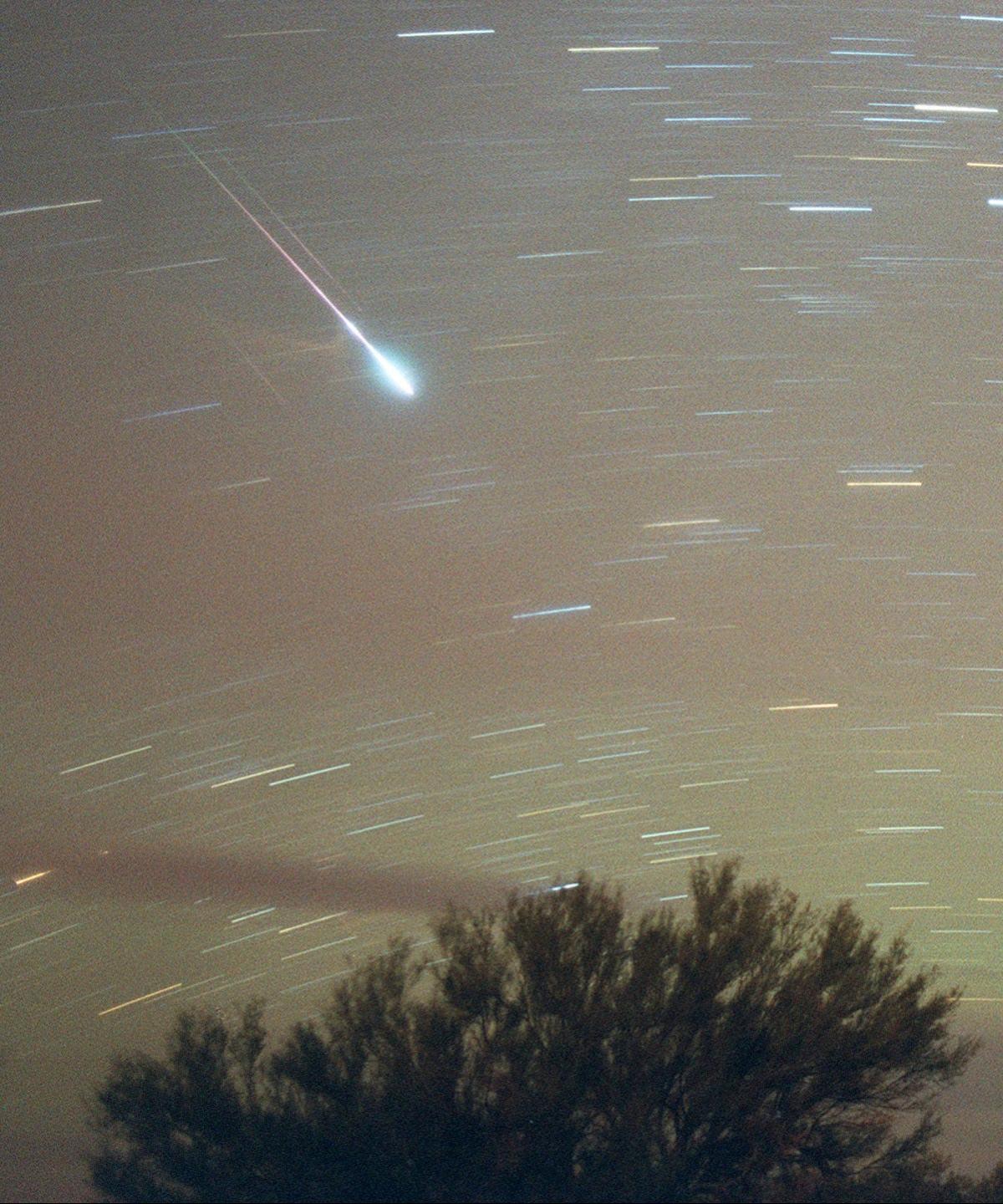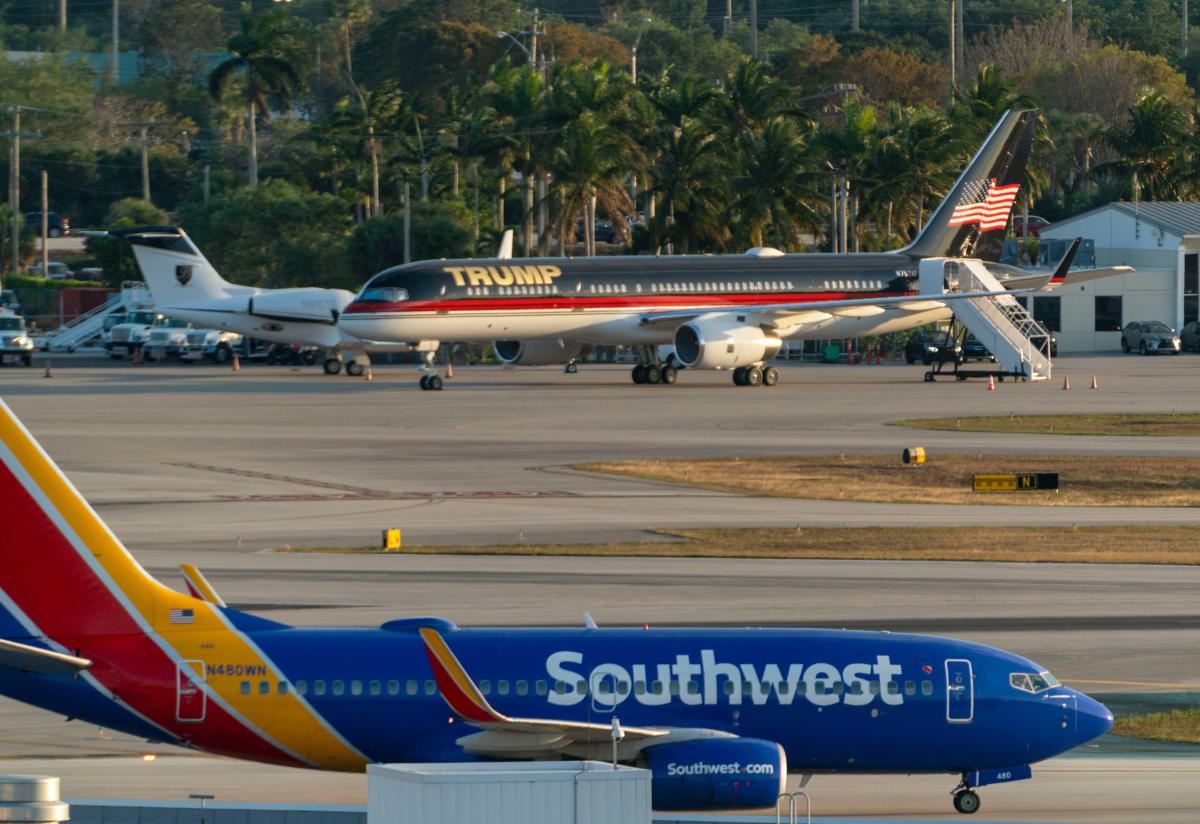
Saturday and Sunday nights provide a good opportunity to catch the Leonid meteor shower, considered one of the major showers each year.
It’s been a big week for skywatchers. The Northern Taurids peaked Tuesday and the November “Beaver Moon” peaked Friday.
Here’s what to know about the Leonid meteor shower, including how to see it from Wisconsin:
When is the Leonid meteor shower?
The Leonids are a major shower that peak during mid-November each year, often producing bright and colorful meteors, according to NASA.
Advertisement
Advertisement
The Leonid shower moves much quicker than the Taurids: according to EarthSky, the shower has previously turned into a meteor “storm,” with rates for the 1833 Leonid shower hitting a whopping 100,000 meteors per hour. However, these meteor showers only occur every 33 years or so, with the last one happening in 2002.
The Leonid meteor shower has been active all month, but it will be at its strongest Saturday and Sunday nights, according to the American Meteor Society. The shower is best viewed between midnight and dawn, ideally in a place well away from city and street lights.
What is the Northern Taurids meteor shower?
The Taurids are slow-moving, long-lasting meteors that become visible each fall. The Southern Taurids peaked last week, while the Northern Taurids peaked Tuesday, according to the American Meteor Society.
These meteors are particularly known for being rich in fireballs, illuminating the sky with large explosions of light and color.
Advertisement
Advertisement
Though your best chance of seeing the Taurids was this week, the Southern showers will remain active until Dec. 8 and the Northern until Dec. 2.
What is the November supermoon?
The fourth and final supermoon of the year occurred Friday. The November full moon is also called the “Beaver Moon,” in a nod to how beavers begin to take shelter for the winter around this time of year, according to the Old Farmer’s Almanac.
A supermoon appears when a full moon coincides with the moment the moon’s orbit is closest to the Earth. This leads to the moon appearing slightly larger and brighter than a typical full moon.
When are the next meteors showers in 2024?
After the Leonids, there are two meteor showers left in the year:
Advertisement
Advertisement
-
The Geminids: Considered one of the strongest and most consistent meteor showers, peak Geminids could feature as many as 120 meteor trails per hour whizzing across the night sky, according NASA. The best time to view will be in the early hours of Dec. 13–14.
-
The Ursids: The Ursids are considered a “low-key” shower; viewers can see as many as five to 10 meteors an hour in a dark sky during the peak. The best time to see the shower will be before dawn on Dec. 22–23, according to Earth Sky.
Best places to view celestial events in Wisconsin
The best conditions to see the night sky will be with clear skies without clouds or haze. Make sure to check the forecast before heading out.
Here’s a list of places in Wisconsin that could offer some of the best views of the night sky:
USA TODAY contributed to this report.
This article originally appeared on Milwaukee Journal Sentinel: How to see Leonid meteor shower tonight in Wisconsin
EMEA Tribune is not involved in this news article, it is taken from our partners and or from the News Agencies. Copyright and Credit go to the News Agencies, email news@emeatribune.com Follow our WhatsApp verified Channel





